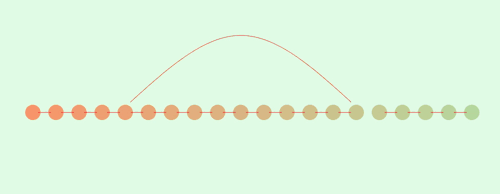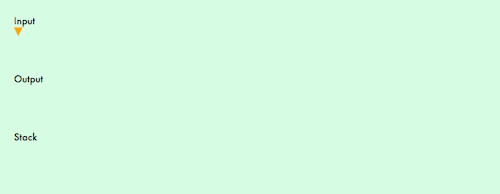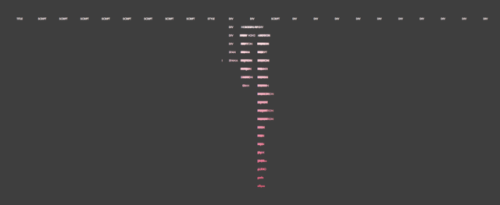
Day 100 - Linked List Cycle
How can we check if a linked list has a cycle in it? There’s a pretty clever way to do it - keep two pointers, one that moves forward by one node (blue), and one the moves forward by two nodes (black). If there’s a cycle, then the black node wrap around and “catch” the blue node. If the nodes never overlap, then there can’t be a cycle.













